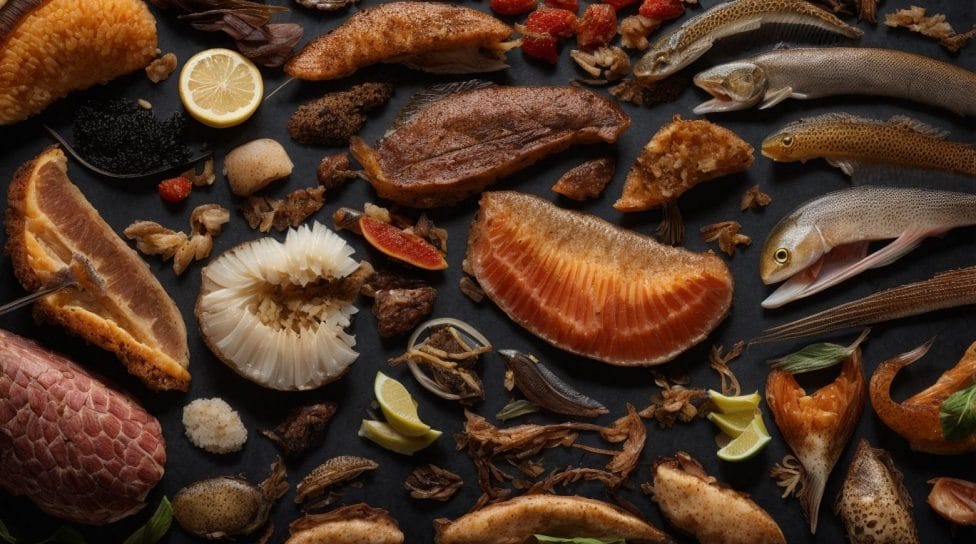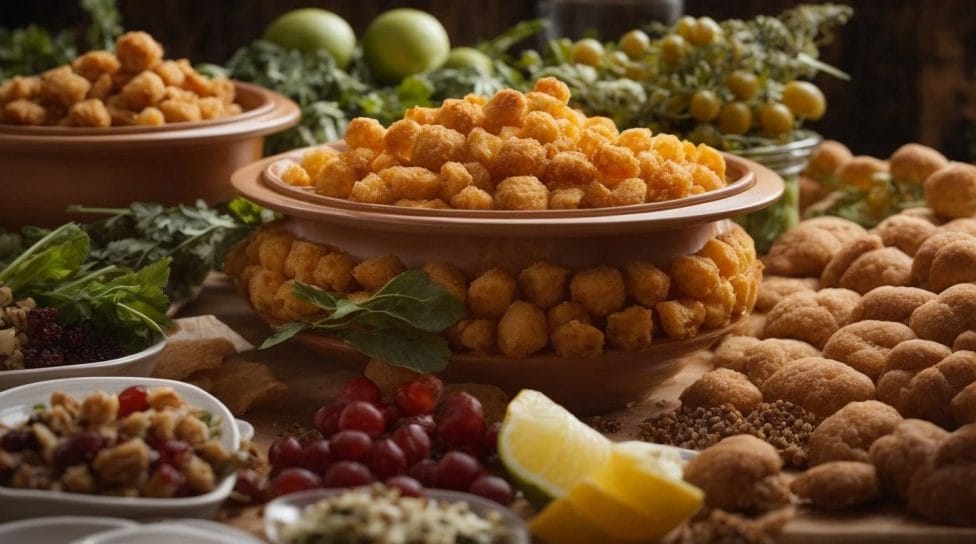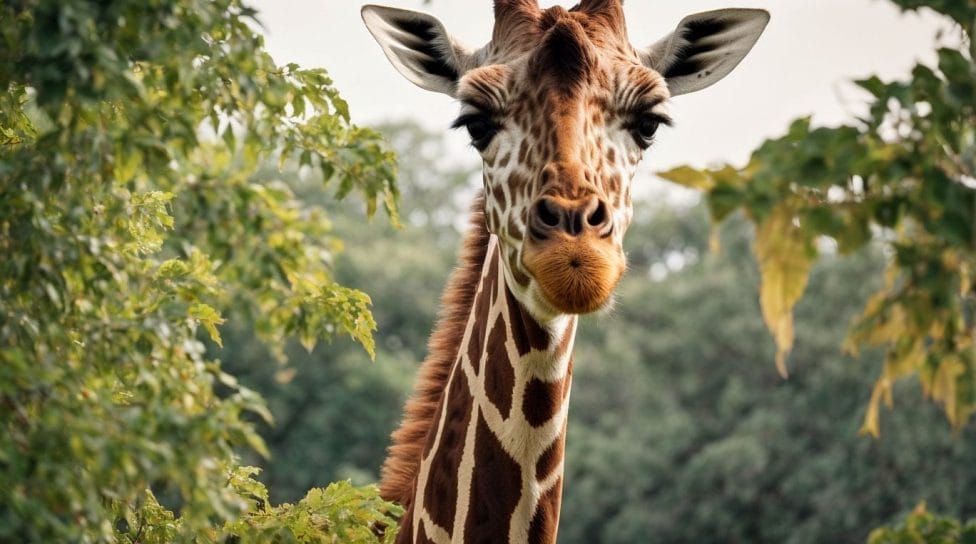Animals exhibit a fascinating range of feeding behaviors and mechanisms, each adapted to their specific dietary requirements and natural environments. Exploring the intricacies of how animals eat their food provides insight into their evolutionary adaptations and survival strategies. The jaw structure and feeding mechanisms of animals vary greatly, depending on their dietary preference. Carnivores possess sharp teeth and strong jaws designed for tearing and consuming meat. Herbivores have specialized teeth and digestive systems for processing plant-based foods, while omnivores have a combination of both. Animals have developed specialized feeding adaptations to suit their ecological niche. Filter feeders strain tiny organisms from water, grazers and browsers consume grass and foliage, and scavengers thrive on consuming decaying matter. Some animals employ unique feeding strategies, such as ambush predation, pack hunting, and cooperative feeding. Certain animals also exhibit peculiar eating habits, including hoarding food for later consumption, practicing coprophagy (eating feces), and regurgitating and re-chewing food for optimal digestion. Understanding how animals eat their food provides a deeper appreciation for the complexities of nature’s designs and the diverse ways in which organisms obtain their sustenance.
Key takeaway:
- Jaw structure and feeding mechanisms vary among animal groups: Carnivores, herbivores, and omnivores have different jaw structures and feeding techniques to suit their dietary needs and habits.
- Specialized feeding adaptations allow animals to exploit specific food sources: Filter feeders, grazers, browsers, and scavengers have evolved unique adaptations to feed on specific types of food, maximizing their chances of survival.
- Animals employ different feeding strategies and techniques: Ambush predation, pack hunting, and cooperative feeding are examples of techniques used by animals to secure their food and improve their chances of successful predation or foraging.
Jaw Structure and Feeding Mechanisms

Photo Credits: Petnarnia.Com by Nicholas Rivera
Discover the fascinating world of jaw structure and feeding mechanisms in the animal kingdom! From carnivores to herbivores and omnivores, each sub-section uncovers unique and awe-inspiring ways animals devour their meals. Get ready to explore the incredible adaptations and strategies these creatures employ to satisfy their hunger. So fasten your seatbelts and join us on this wild ride into the jaw-dropping world of animal dining!1. Carnivores
| Carnivores | Examples | Special Features |
|---|---|---|
| Lions | Lions are apex predators, hunting in prides and using their strong jaws and sharp teeth. | |
| Tigers | Tigers are solitary hunters with powerful muscles and retractable claws. | |
| Wolves | Wolves hunt in packs, using teamwork, speed, and endurance to take down their prey. | |
| Cheetahs | Cheetahs are the fastest land animals, known for their incredible speed and agility. | |
| Polar bears | Polar bears are marine carnivores, relying on their white coat and swimming abilities to catch seals. |
Carnivores are animals that primarily feed on meat. They have specific adaptations that make them efficient predators. Here is a table illustrating some examples of carnivores and their features:
Carnivores are an important part of the food chain, playing a crucial role in maintaining the balance of ecosystems. Their specialized adaptations reflect their efficient hunting techniques and enable them to survive in different environments.
2. Herbivores
| Herbivores | are animals that primarily consume plants as their main source of food |
| They | have distinct adaptations that allow them to efficiently extract nutrients from plant material |
| Here is a table summarizing the different | herbivores and their feeding mechanisms: |
| Animal | Feeding Mechanism |
| Giraffes | Long necks to reach leaves high up in trees |
| Cows | Large, flat molars for grinding tough grasses |
| Rabbits | Sharp incisors for cutting and chewing on fibrous vegetation |
3. Omnivores
Omnivores are animals that have a diverse diet, consuming both plants and animals. They possess adaptations that allow them to extract nutrients from both sources. Some examples of omnivores include bears, pigs, and humans.
| Species | Diet |
|---|---|
| Bears | Fruits, nuts, fish, insects, and meat |
| Pigs | Vegetables, fruits, grains, and insects |
| Humans | Plants, meat, dairy, and grains |
To ensure a balanced diet, omnivores must carefully select a variety of foods. They have the advantage of being able to adapt to different environments and food availability. Omnivorous diets can vary greatly depending on the species and location. It is important for omnivores to consume a variety of plant and animal-based foods to obtain essential nutrients.
Specialized Feeding Adaptations

Photo Credits: Petnarnia.Com by Joe Anderson
Discover the fascinating world of specialized feeding adaptations in the animal kingdom. From filter feeders to grazers and browsers, and even to scavengers, each sub-section of this section will unveil intriguing insights into how animals devour their food. Delve into the remarkable strategies and techniques employed by these creatures as they navigate their unique ecological niches. Get ready to be amazed by the diverse ways in which animals have evolved to satisfy their hunger and survive in their respective habitats!1. Filter Feeders
Filter feeders, such as Krill, Baleen Whales, and Flamingos, are animals that obtain their food by filtering out small particles from water or air. These fascinating creatures have evolved special adaptations, like feathery appendages, baleen plates, and specialized beaks, to efficiently capture and consume their prey.
The following table highlights different examples of filter feeders and their feeding techniques:
| Filter Feeder example | Feeding Technique |
| Krill | They use their feathery appendages called thoracic legs to filter plankton from the water. |
| Baleen Whales | They have baleen plates in their mouths that act as filters, allowing them to trap and swallow small fish and plankton. |
| Flamingos | They use their specialized beaks to filter small organisms and algae from water, sifting out food while expelling excess water. |
Filter feeders play a crucial role in maintaining the balance of ecosystems by removing excess nutrients and maintaining water clarity. With their remarkable feeding adaptations, they efficiently obtain food from their environment and contribute to the overall health of ecosystems.
2. Grazers and Browsers
| Grazers and browsers are different types of herbivores that feed on vegetation but have distinct feeding strategies. | |
| Grazers | Browsers |
| Graze on grasses and low-lying vegetation. | Feed on leaves, shoots, and twigs of shrubs and trees. |
| Examples include zebras and wildebeests. | Examples include giraffes and koalas. |
| Have specialized teeth and digestive systems to efficiently extract nutrients from tough grasses. | Have long tongues and flexible lips to reach high branches and pull leaves into their mouths. |
In history, grazing and browsing animals played important roles in shaping ecosystems. Grazers controlled grass growth, preventing fires and promoting biodiversity. Browsers influenced plant distribution by feeding on specific species, creating diversity among vegetation types. Understanding the feeding behavior of grazers and browsers provides insights into the complex dynamics of ecosystems throughout time.
3. Scavengers
Scavengers, such as vultures and hyenas, are an integral part of the ecosystem. They act as nature’s clean-up crew, efficiently feeding on the remains of dead animals. By doing so, they prevent the spread of disease and contribute to the recycling of nutrients in the environment. Scavengers possess unique physical characteristics and behaviors that enable them to locate and consume carrion effectively. With their keen senses of smell and sight, powerful jaws and beaks for tearing flesh, and strong digestive systems capable of handling decaying meat, scavengers ensure that no part of an animal goes to waste. Supporting efforts to conserve these scavengers is a pro-tip in maintaining a healthy balance in the natural world.
Feeding Strategies and Techniques

Photo Credits: Petnarnia.Com by Michael Harris
Animals possess fascinating feeding strategies and techniques that ensure their survival and success in the wild. In this section, we’ll dive into the world of feeding strategies, exploring the wonders of ambush predation, pack hunting, and cooperative feeding. Discover the cunning techniques employed by predators and the cooperative efforts of certain species to obtain their meals. Join us on this exciting exploration of how animals devour their food!1. Ambush Predation
Ambush predation is a feeding strategy employed by certain animals to secretly capture their prey. These predators rely on a combination of stealth, camouflage, and patience to surprise their unsuspecting victims. Some examples include the leopard concealing itself in tall grass before swiftly attacking its target, or the crocodile silently waiting beneath the water’s surface. Ambush predators possess specialized adaptations such as sharp teeth or claws, agile bodies, and exceptional eyesight to enhance their chances of success. Understanding the behavior and techniques of ambush predators can offer valuable insights into the captivating world of animal feeding. It is truly astonishing how animals have evolved distinctive strategies to secure their meals.
To enhance your ambush predation skills, consider implementing these recommendations:
| 1. Learn to be patient | Success comes to those who possess the ability to wait. |
| 2. Blend in with your surroundings | Camouflage plays a crucial role. |
| 3. Use surprise to your advantage | Catch your prey off guard. |
| 4. Develop acute senses | Enhanced vision and hearing will provide you with an advantage. |
| 5. Practice stealth | Remain silent and concealed until the opportune moment to strike. |
Always remember, nature has its own remarkable ways of survival and adaptation.
2. Pack Hunting
Pack hunting is a cooperative feeding strategy employed by certain animals to increase their chances of capturing prey. It involves a group of individuals working together to chase, surround, and capture their target. Here are some examples of animals that engage in pack hunting:
- Lions: These social cats form prides and engage in pack hunting, which increases their hunting success and allows them to take down larger prey.
- Wolves: These highly intelligent animals work together in packs to engage in pack hunting, locate, pursue, and bring down their prey, often targeting larger animals like deer or bison.
- Orcas: Also known as killer whales, orcas engage in pack hunting by forming coordinated groups, known as pods, to target and kill marine mammals such as seals or even large whales.
History has witnessed the power of pack hunting, where these animals demonstrate remarkable teamwork and communication skills to secure their meals and ensure the survival of their group.
3. Cooperative Feeding
Cooperative feeding is a captivating behavior displayed by certain animals, where they collaborate to acquire food more efficiently. This behavior can be observed in various species, including dolphins, wolves, and meerkats. Here are some crucial points about cooperative feeding:
- Enhanced hunting success: By cooperating, animals can increase their likelihood of successfully capturing prey.
- Improved defense: Cooperative feeding can also aid in defending against predators or competing for resources.
- Social bonding: Cooperative feeding strengthens social bonds within a group, fostering cooperation and mutual trust.
- Distribution of resources: In certain cases, cooperative feeding allows for a fairer distribution of food among group members.
This behavior highlights the intricacy and intelligence of animals, demonstrating their capacity to collaborate and adapt to maximize their chances of survival.
Unique Eating Habits of Certain Animals

Photo Credits: Petnarnia.Com by Douglas CampbellEver wondered about the fascinating and downright bizarre eating habits of certain animals? In this captivating section, we’ll uncover the peculiar ways some animals indulge in their meals. From hoarding food for later to engaging in coprophagy (yes, you read that right), and even regurgitating and re-chewing their meals, prepare to be astonished by the extraordinary dining habits of our fellow creatures. Get ready for a wild ride through the world of animal eating habits that will leave you astonished and hungry for more!
Hoarding is a behavior exhibited by certain animals as a way to store food for future use. This adaptive strategy is commonly observed in species such as squirrels, chipmunks, and birds. Here are some key points about hoarding: While coprophagy may seem peculiar to us, it is a vital survival strategy for certain animals. Coprophagy is the practice of consuming feces, serving a purpose for animals like rabbits, rodents, and some birds. These animals engage in coprophagy to obtain additional nutrients from their food. The process involves the consumption of soft, nutrient-rich fecal pellets that are passed through the digestive system a second time. This allows them to extract any remaining nutrients that were not fully digested the first time. Coprophagy is an adaptation that helps these animals maximize their nutrient intake and survive in environments with limited food resources. It demonstrates the amazing adaptations that have evolved in the animal kingdom. Regurgitation and re-chewing are distinctive eating habits that can be observed in certain animals. This particular behavior entails the animals bringing back partially digested food from their stomach to their mouth, where it undergoes further chewing and processing. By engaging in this process, the animals are able to extract a greater amount of nutrients from their food, which ultimately aids in digestion. The cow serves as a prime example of an animal that exhibits regurgitation and re-chewing. With their multi-chambered stomachs, cows are able to effectively ferment their food and subsequently bring back the cud to their mouth for thorough chewing. This behavior is an adaptation that allows these animals to optimize their nutrient absorption and maintain the health of their digestive system. 1. Hoarding
2. Coprophagy
3. Regurgitation and Re-chewing
Some Facts About How Animals Eat Their Food:


